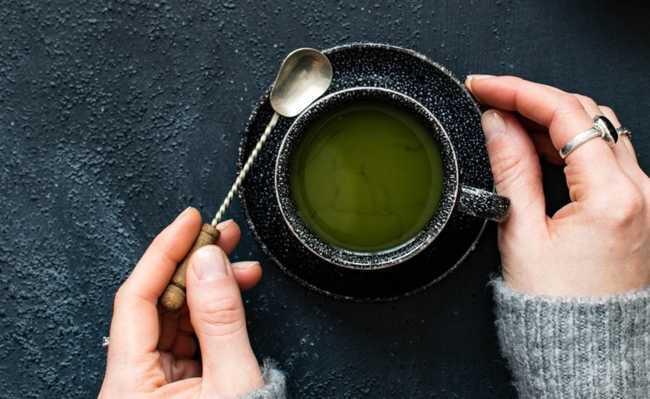Alcohol extracted from cereal
Ethyl alcohol can be extracted from cereals like wheat, corn and rice. See cereal alcohol applications

The main raw material used in Brazil for the manufacture of alcohol is sugarcane due to its abundance. But what many people don't know is that there are several vegetable raw materials from which alcohol can be extracted, such as potatoes, corn, rice, wheat, among many others.
Cereal alcohol is nothing more than ethyl alcohol, or better known as ethanol, extracted from cereals, mainly corn, wheat and rice. Ethanol belongs to the alcohol class, which is an organic compound that has a hydroxyl functional group (-OH) attached to one or more saturated carbons. They are formed by the chain CH3-CH2-OH.
Its production occurs through the fermentation process, to which yeasts are added that feed on sugars released not only by cereals, but by all other sources from which alcohol can be extracted. These yeasts, when feeding, produce enzymes that convert sugar into alcohol, thus initiating the fermentation process, which only stops after the fungus has died. At the end of fermentation, distillation begins to separate the alcohol. This operation is used to separate mixtures, obtaining fractions of different compositions. The alcohol obtained in the distillation contains 4% water and 96% alcohol.
Grain alcohol is used for a variety of purposes. Its main application is as an ingredient in the manufacture of essences and flavorings. Widely used in homeopathic products, in the pharmaceutical industry in the production of active herbal ingredients (such as propolis extract, herbal extract) and also as a diluent in compounding pharmacies.
As it is a non-aggressive product to the skin, different from the alcohol extracted from sugar cane, which is more used for fuel, cereal alcohol is widely used in perfumes, body deodorants and for environments.
This type of alcohol is also found in drinks such as vodka, liquor, whiskey and brandy. However, excessive consumption can cause problems such as chronic headaches, gastritis and ulcers.
As for the effects on the environment, no bioaccumulation is expected. However, spillage into wastewater must be avoided. For disposal, the best way is to evaporate the product.










